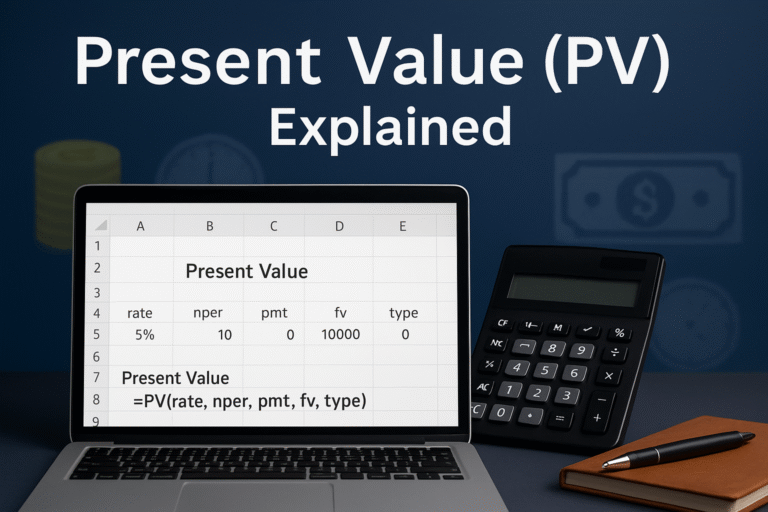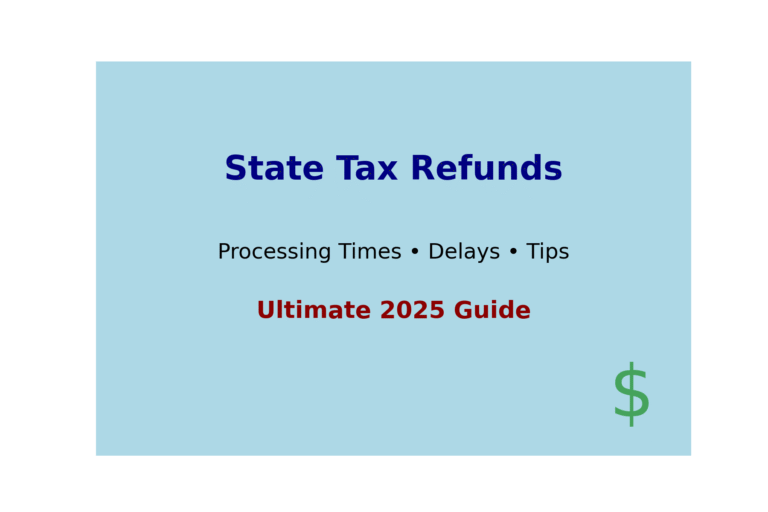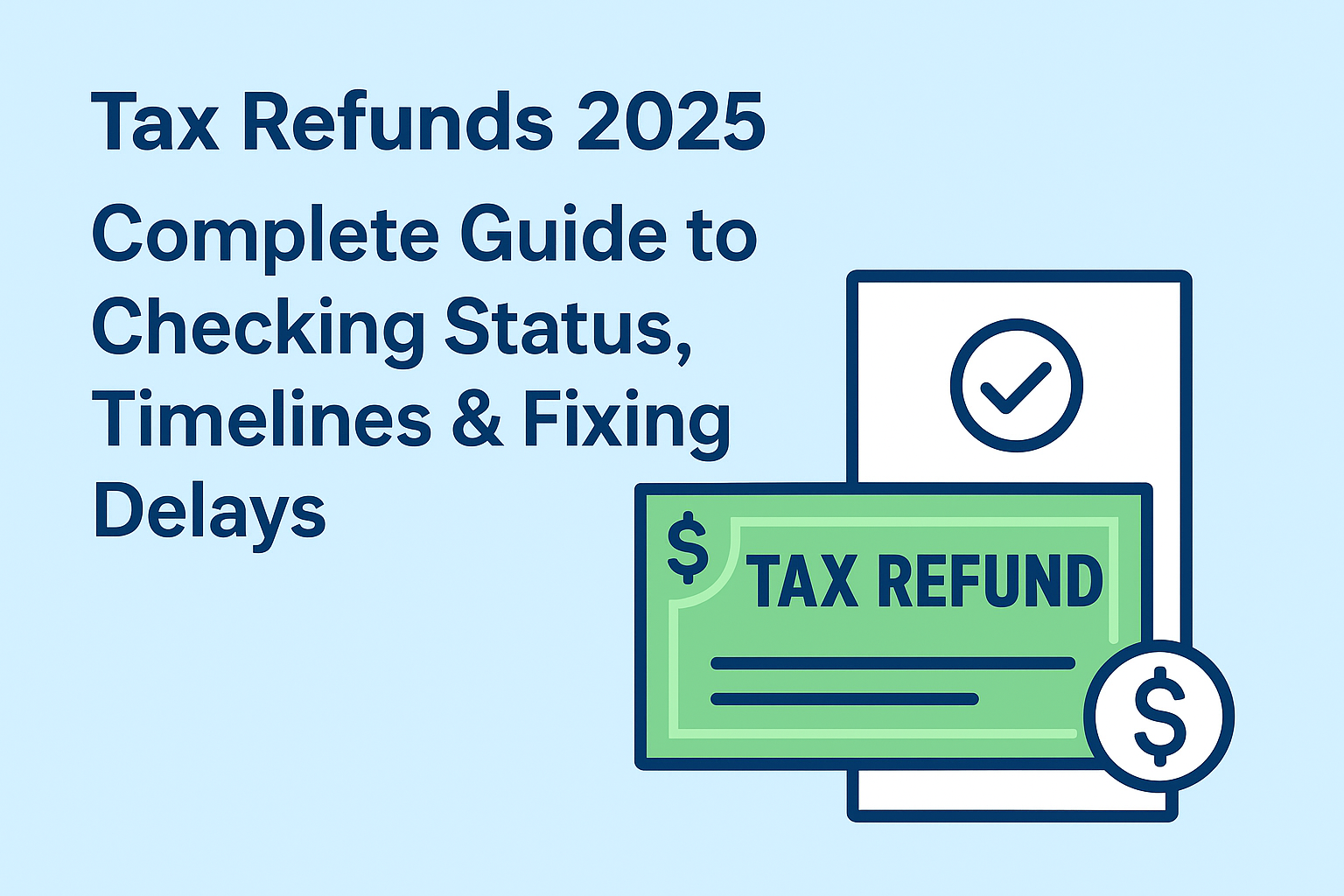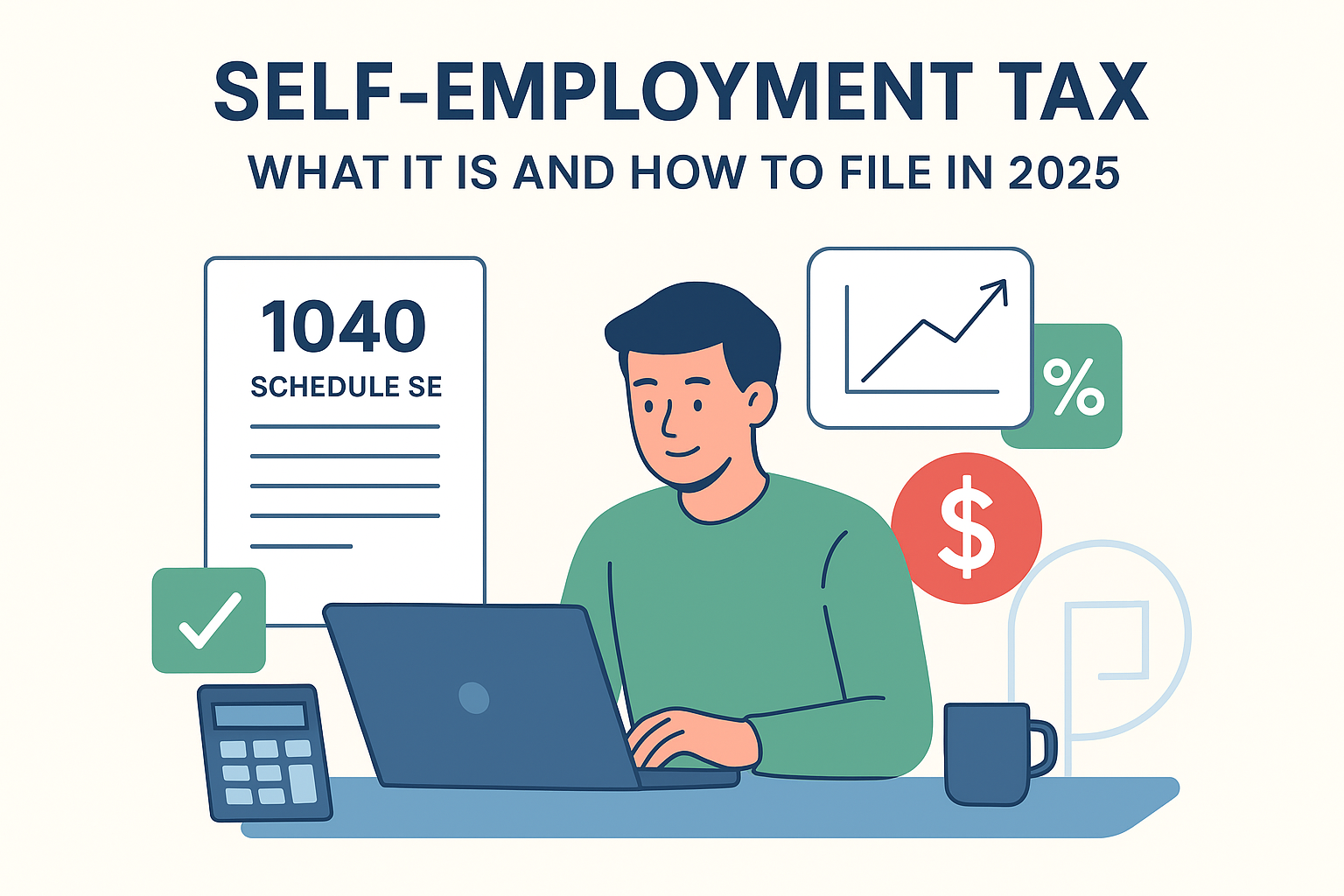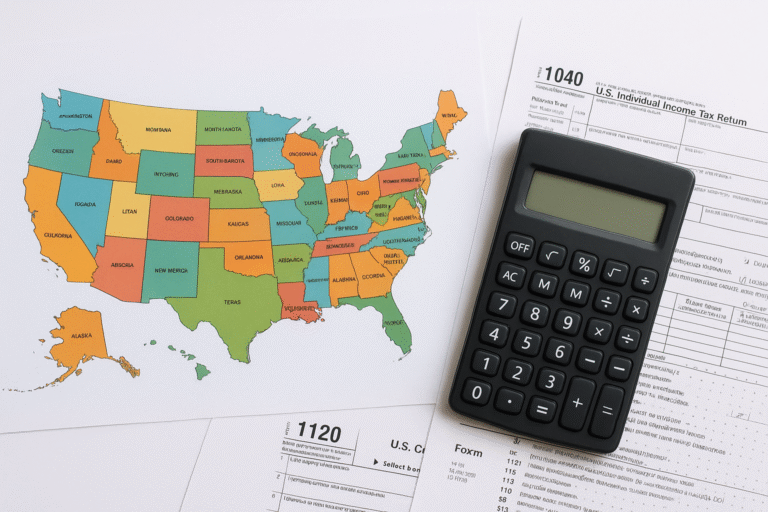Planning for retirement can feel overwhelming. A retirement calculator helps bring clarity: estimate how much you need to save, when you can retire, and whether your current strategy will work. But tools are only as good as the assumptions behind and many calculators leave out key variables. In this guide, you’ll learn how calculators work, see real-life examples, avoid pitfalls, and use the results to build a smarter plan. IRS for retirement account rules
What Is a Retirement Calculator & Why It Matters
A retirement calculator is a tool (online or spreadsheet) that models your current savings, future contributions, investment returns, inflation, and other inputs to estimate:
- How much money do you need by retirement
- When you can afford to retire (given your target lifestyle)
- How long your savings might last once you stop working
Types of calculators
| Type | Features | Best For |
|---|---|---|
| Simple calculators | Few inputs: age, current savings, target retirement income, rate of return, inflation | Quick estimates, initial planning |
| Advanced/planner tools | Many inputs: taxes, Social Security, pensions, Monte Carlo simulations, multiple income streams, healthcare, withdrawal strategies | More precise planning, complex financial lives, mid-/late career |
SEC for investment risk education
Key Inputs & Assumptions (What Drives Results)
Every calculator needs inputs. Small changes in these can lead to very different outcomes.
Age, Retirement Age, & Life Expectancy
- The earlier you start saving, → more time for compound growth.
- The later you can retire (or delay retirement), → fewer years of savings need to last.
- Life expectancy matters: retire at 65 but plan for 90+, especially if family history/lifestyle suggests longer life. Investing
Rate of Return & Investment Risk
- What average annual return do you assume for your investments (stocks, bonds, real estate)?
- Beware: average return isn’t guaranteed. Advanced calculators may include downside risk, volatility, and worst-case / stress scenarios.
Inflation
- Inflation erodes purchasing power. A dollar 20 years from now doesn’t buy what it does today.
- Many calculators assume 2-3% inflation; some let you adjust upward.
Current Savings & Contributions
- How much have you saved already? (401(k), IRA, brokerage, etc.)
- How much will you continue saving (monthly/yearly) up to retirement?
Other Income Streams
- Social Security or govt benefits
- Pensions
- Part-time work/consulting in “retirement”
- Rental income, annuities
Retirement Spending Needs
- What will your annual retirement lifestyle cost? Travel, housing, healthcare, hobbies, etc.
- Often, people underestimate medical & long-term care costs.
Taxes & Fees
- Investment fees, withdrawal taxes, and state income taxes can reduce your net income.
- You should either adjust inputs or use a tool that lets you model taxes.
Types of Retirement Calculators: Simple vs Advanced
| Feature | Simple Calculator | Advanced Planner |
|---|---|---|
| Number of input fields | ~5-10 | Dozens (multiple income streams, stages, risk, inflation changes over time) |
| Scenario testing | Flexible: increasing or decreasing withdrawals, safe withdrawal rates, etc. | Full sensitivity or Monte Carlo simulations |
| Tax modeling | Often ignored or simplified | Included in many planners |
| Withdrawal strategies | Flat rate or fixed % | Flexible: increasing or decreasing withdrawals, safe withdrawal rates etc. |
Morningstar for historical returns data
Example Case Studies
Let’s walk through three example profiles to show how different assumptions lead to very different results. (These numbers are illustrative.)
| Profile | Age | Starting Savings | Annual Savings | Assumed Return | Retirement Age | Needed Retirement Savings |
|---|---|---|---|---|---|---|
| Early Saver | 25 | \$10,000 | \$8,000/year | 7% | 65 | Case A: \$1.8M |
| Late Starter | 45 | \$50,000 | \$15,000/year | 6% | 65 | Case B: \$1.2M |
| Irregular Income / Self‐Employed | 35 | \$30,000 | Varies (\$5k-20k/year) | 6.5% | 67 | Case C: \$1.5M (with more buffer for variability) |
Assumptions: Inflation 2.5%, life expectancy 90, other income (Social Security) adjusted for inflation.
Visual Suggestion: A chart showing three curves of required savings over time for each profile.
Common Mistakes & Limitations
- Assuming past returns = future returns — markets fluctuate.
- Underestimating lifespan — living longer means more years to support.
- Ignoring healthcare / unexpected costs.
- Using too high assumed return — low interest/bond yields; downturns.
- Not including inflation properly — especially for long retirements.
- Taxes and fees left out.
How to Use the Calculator (Walk-Through)
Here’s a step-by-step guide to using a good retirement calculator (or our embedded version):
- Enter current age
- Enter the age you plan to retire
- Enter current savings + annual savings/contribution
- Enter target retirement annual spending (today’s dollars)
- Enter the expected rate of return and the inflation rate
- Add other income sources (e.g., Social Security)
- Review output: required nest egg, when you can retire, how long savings last
- Run scenarios:
- If the return is 1-2% lower
- If inflation is 3-4% higher
- If you retire a few years later
Choosing the Right Tool
Features to look for:
- Ability to adjust inflation & return assumptions
- Support for multiple income sources and tax modeling
- Monte Carlo / probability / stress-testing features
- Clear display of results: how sensitive the plan is to key assumptions
- Free version vs paid; ease of use & user interface
Here are some recommended calculators/tools:
| Tool | Free / Paid | Standout Feature |
|---|---|---|
| Boldin / NewRetirement | Free + Paid | Clean UI, scenario flexibility. :contentReference[oaicite:6]{index=6} |
| Financial Mentor “Ultimate Retirement Calculator” | Free | Very customizable inputs. :contentReference[oaicite:7]{index=7} |
| Rob Berger’s Top Picks | Mostly free tools | Good comparison of features & costs. :contentReference[oaicite:8]{index=8} |
| Government / Official Sources: Social Security Admin, IRS | Free | Reliable data and assumptions (life expectancy, benefits etc.) |
Action Plan: What To Do After You Estimate Your Number
- Build a personal savings plan: set monthly/annual savings goals
- Automate contributions (401(k), IRAs, etc.)
- Monitor progress regularly (annually) and update with changing inputs (market return, inflation, spending changes)
- Adjust plan if falling short: increase savings, delay retirement, change portfolio allocation
- Consider consulting a financial planner, especially if your situation is complex (self-employed, multiple income streams, dealing with inheritances or real estate)
It’s an estimate, not a guarantee. Results depend heavily on assumptions. Use a range of estimates (best case, worst case).
Historically, diversified stock + bond portfolios have averaged 5-8% after inflation over long periods. But future returns may be lower; consider conservative assumptions.
A common rule is the “4% rule,” but many experts suggest safety at 3-4%, or using dynamic strategies.
Yes, include every income source you expect. But treat assumptions (calls, benefit amounts, taxes) cautiously.
Definitely include inflation. Healthcare costs often rise faster than inflation and are a major variable.
No, higher savings rate, delaying retirement, using invest aggressive investment portfolio carefully, optimizing taxes can help. But you’ll need discipline and perhaps more aggressive planning.
That depends on your withdrawal strategy, asset allocation, and buffers. Using Monte Carlo simulations or sensitivity testing helps see risk.
Conclusion
Estimating how much you need to retire is a crucial first step, but not the final plan. Use a calculator to get a target, then build a strategy around that number. Revisit it periodically and adjust as your life, goals, or economic conditions change.
Disclaimer: This article is for educational purposes only. It does not constitute financial advice. Consult a qualified financial planner for advice tailored to your personal situation.
Author Bio: Written by Max Fonji, founder of TheRichGuyMath.com. With over 10 years helping beginners understand finance & investing, Rich specializes in making complex topics simple, transparent, and actionable.



